Introduction
A traffic accident lawsuit is a legal action you take if you get hurt or your property gets damaged in a traffic accident. You might file this lawsuit to get money for your medical bills, car repairs, and other losses. Knowing your legal rights after a traffic accident is important. If you know your rights, you can make better decisions. This can help you get the compensation you deserve. Understanding your rights can also protect you from unfair treatment by insurance companies or other drivers. Being informed about a traffic accident lawsuit can make a big difference in your recovery and financial stability.
Understanding Traffic Accident Lawsuits
Definition of a traffic accident lawsuit: A traffic accident lawsuit is a legal case you start if you are hurt or your property is damaged in a traffic accident. The goal is to get money to cover medical costs, car repairs, lost wages, and other losses.
Common reasons for filing a lawsuit after a traffic accident:
- Medical bills: If you have high medical costs from the accident, you may file a lawsuit to get money to pay for them.
- Car repairs: If your car is damaged, a lawsuit can help you get money to fix or replace it.
- Lost wages: If you miss work because of the accident, you can seek money for lost income.
- Pain and suffering: If the accident causes you physical pain or emotional distress, you might get compensation for these.
- Insurance disputes: If the insurance company doesn’t offer a fair settlement, you may need to file a lawsuit to get the right amount of money.
Steps to Take After a Traffic Accident
Immediate actions to ensure safety:
- Check for injuries: Make sure you and others are safe. Call for medical help if needed.
- Move to a safe area: If possible, move your car to the side of the road to avoid more accidents.
- Turn on hazard lights: This warns other drivers of the accident.
Gathering evidence at the scene:
- Take photos: Capture pictures of the accident scene, car damage, and any injuries.
- Collect information: Get names, phone numbers, and insurance details from everyone involved.
- Look for witnesses: Ask for contact information from people who saw the accident.
Reporting the accident to authorities:
- Call the police: Report the accident and ask for a police report. This report can be important for your traffic accident lawsuit.
- Notify your insurance company: Inform them about the accident as soon as possible.
- Get a copy of the police report: This will be useful for your case and when dealing with insurance.
When to Consider Filing a Lawsuit
Situations that warrant a lawsuit:
- Serious injuries: If you or someone else has severe injuries from the accident.
- High medical costs: When medical bills are very high and insurance doesn’t cover everything.
- Major car damage: If your car is badly damaged and repair costs are high.
- Disputes with insurance: When the insurance company denies your claim or offers a low settlement.
- Lost wages: If you can’t work because of the accident and lose income.
Differences between filing a claim and filing a lawsuit:
- Filing a claim: This is when you ask the insurance company to pay for your damages. It’s usually the first step.
- Filing a lawsuit: If the insurance company doesn’t pay enough or denies your claim, you can take legal action by filing a lawsuit to get the compensation you need.
Statute of limitations for filing a lawsuit:
- Time limit: There is a deadline for filing a traffic accident lawsuit, which varies by state. Usually, it’s between one to three years from the date of the accident.
- Missing the deadline: If you don’t file within the time limit, you may lose your right to get compensation.
Determining Fault in Traffic Accidents
How fault is determined in traffic accidents:
- Evidence review: Investigators look at evidence from the accident scene, like photos, videos, and skid marks.
- Traffic laws: They consider if any traffic laws were broken, such as speeding or running a red light.
- Statements: They listen to what drivers, passengers, and witnesses say about what happened.
Comparative negligence and its impact on lawsuits:
- Shared fault: Sometimes, both parties are partly at fault. Comparative negligence means each party’s level of fault is determined as a percentage.
- Compensation: The amount of compensation you get may be reduced by your percentage of fault. For example, if you are 20% at fault, your compensation might be reduced by 20%.
Role of police reports and witness statements:
- Police reports: These reports provide an official account of the accident, including details about the scene, statements from involved parties, and any citations issued.
- Witness statements: Witnesses can give unbiased accounts of the accident, helping to clarify what happened and who might be at fault.
Types of Damages in Traffic Accident Lawsuits
Economic damages:
- Medical expenses: Money for doctor visits, hospital stays, surgeries, medications, and rehabilitation.
- Lost wages: Compensation for the income you lost because you couldn’t work due to your injuries.
- Property damage: Costs to repair or replace your car and any other property damaged in the accident.
Non-economic damages:
- Pain and suffering: Compensation for the physical pain and discomfort caused by the accident.
- Emotional distress: Money for the psychological impact, like anxiety, depression, or trauma, resulting from the accident.
Punitive damages in severe cases:
- Punitive damages: These are awarded in cases where the at-fault party’s behavior was especially reckless or intentional. They are meant to punish the wrongdoer and deter similar conduct in the future.
The Legal Process of a Traffic Accident Lawsuit
Filing a complaint:
- Starting the lawsuit: Your lawyer files a legal document called a complaint in court. This document explains what happened, who is being sued, and what damages you are seeking.
Pre-trial discovery process:
- Gathering evidence: Both sides exchange information and evidence. This can include documents, photos, and witness statements.
- Depositions: Lawyers question witnesses and involved parties under oath to gather more details about the case.
Settlement negotiations:
- Negotiating a deal: Before going to trial, both sides often try to agree on a settlement. This involves discussions to reach a fair compensation amount.
- Avoiding trial: Many cases are settled out of court to save time and costs for both parties.
Going to trial: what to expect:
- Court proceedings: If no settlement is reached, the case goes to trial. Both sides present their evidence and arguments to a judge or jury.
- Verdict and compensation: The judge or jury decides who is at fault and how much compensation should be awarded. This decision is based on the evidence and legal arguments presented during the trial.
Hiring a Traffic Accident Lawyer
Importance of legal representation:
- Expert advice: A traffic accident lawyer knows the law and can help you understand your rights and options.
- Maximize compensation: Lawyers can negotiate better settlements and make sure you get the full amount you deserve.
- Handle paperwork: They take care of all the legal documents and filings, so you don’t have to worry about missing deadlines or making mistakes.
How to choose the right lawyer for your case:
- Experience: Look for a lawyer who specializes in traffic accident lawsuits and has a good track record.
- Reputation: Check reviews, ask for references, and see if they have a history of successful cases.
- Communication: Choose a lawyer who communicates well and keeps you informed about your case.
Questions to ask during a consultation:
- Experience: How many traffic accident lawsuits have you handled?
- Success rate: What is your success rate with these cases?
- Fees: How do you charge for your services? Do you work on a contingency fee basis?
- Case handling: Will you be handling my case personally, or will it be passed to another lawyer or team?
- Strategy: What strategy would you recommend for my case?
- Timeline: How long do you think my case will take to resolve?
Common Defenses in Traffic Accident Lawsuits
Contributory negligence:
- Shared fault: The defendant argues that you are partly to blame for the accident. If you are found to be even slightly at fault, it may reduce or eliminate your compensation.
Assumption of risk:
- Known dangers: The defendant claims you knew the risks involved and chose to accept them. For example, if you got into a car knowing the driver was drunk, this defense might be used.
Sudden emergency doctrine:
- Unexpected situation: The defendant argues that they faced a sudden and unexpected emergency, and their actions were reasonable under the circumstances. This defense suggests the accident was unavoidable and not due to negligence.
Settling a Traffic Accident Lawsuit
Pros and cons of settling out of court:
- Pros:
- Quicker resolution: Settlements can be reached faster than going to trial, saving time and stress.
- Lower costs: Settling often costs less than going through a full trial, as there are fewer legal fees and court costs.
- Certainty: You know the outcome and avoid the risk of losing in court.
- Cons:
- Lower amount: Settlements might be less than what you could win at trial.
- No trial: You miss the opportunity for a judge or jury to hear your case and decide on a potentially higher compensation.
How settlements are negotiated:
- Initial offer: The insurance company or the other party makes an initial settlement offer.
- Counteroffers: Your lawyer may make counteroffers to reach a fair amount.
- Mediation: Sometimes, a neutral mediator helps both sides reach an agreement.
- Final agreement: Once both sides agree on the amount, a settlement agreement is signed, and the case is resolved.
Factors influencing the settlement amount:
- Severity of injuries: More serious injuries usually result in higher settlements.
- Medical expenses: Higher medical costs can increase the settlement amount.
- Lost wages: If you missed work, this can add to the settlement value.
- Pain and suffering: Compensation for emotional and physical pain affects the amount.
- Insurance coverage: The amount of insurance coverage available can impact the final settlement.
Frequently Asked Questions (FAQs)
How long does a traffic accident lawsuit take?:
- Timeline: The length of a traffic accident lawsuit can vary. It typically takes several months to a few years to resolve, depending on the complexity of the case, the extent of injuries, and how quickly both parties can reach an agreement or go to trial.
What if the other driver is uninsured?:
- Uninsured driver: If the other driver has no insurance, you might still seek compensation from your own insurance policy if you have uninsured motorist coverage.
- Legal action: You can also file a lawsuit against the uninsured driver directly, but collecting damages might be difficult if they have limited financial resources.
Can I still file a lawsuit if I was partially at fault?:
- Partial fault: Yes, you can still file a lawsuit even if you were partially at fault. However, your compensation might be reduced based on the percentage of fault assigned to you. This is determined by comparative negligence rules.
What compensation can I expect from a lawsuit?:
- Types of compensation: Compensation can include medical expenses, lost wages, property damage, pain and suffering, and emotional distress.
- Amount: The exact amount depends on the specifics of your case, such as the severity of injuries, the extent of property damage, and the impact on your life.
Case Studies and Real-Life Examples
Success stories of traffic accident lawsuits:
- Case 1: Severe Injury Compensation: A driver who suffered severe injuries from a rear-end collision won a lawsuit after proving the other driver was at fault. The compensation covered extensive medical treatments, lost wages, and ongoing care, significantly improving their financial situation and recovery process.
- Case 2: Property Damage Settlement: An individual whose car was totaled by a reckless driver received a substantial settlement to cover the cost of a new vehicle and repair costs. The lawsuit also included compensation for the emotional stress and disruption caused by the accident.
Lessons learned from notable cases:
- Thorough Documentation: In a notable case where documentation was crucial, the victim’s detailed accident report, medical records, and witness statements led to a favorable verdict. This underscores the importance of collecting and preserving evidence from the accident scene.
- Effective Negotiation: A case where early settlement negotiations failed, but effective negotiation later led to a higher settlement, highlights the value of skilled legal representation. It shows that persistent and strategic negotiation can lead to better outcomes.
- Understanding Comparative Negligence: In a case where both parties were partially at fault, understanding comparative negligence helped in achieving a fair settlement. This demonstrates the need to be aware of how fault is shared and its impact on the compensation amount.
Resources and Further Reading
Links to relevant legal resources and support groups:
- National Highway Traffic Safety Administration (NHTSA): nhtsa.gov – Offers information on traffic safety and accident statistics.
- American Bar Association (ABA): americanbar.org – Provides resources for finding legal professionals and understanding legal rights.
- FindLaw: findlaw.com – Contains articles and resources about traffic accidents and legal processes.
- National Safety Council (NSC): nsc.org – Provides resources on accident prevention and safety tips.
Books and articles on traffic accident lawsuits:
- “The Law of Automobile Insurance” by Michael J. Green: Covers various aspects of automobile insurance law, including claims and lawsuits.
- “Auto Accident Litigation: A Practical Guide” by William J. Olsson: Offers a detailed overview of the litigation process for traffic accident cases.
- “How to Win Your Personal Injury Claim” by Joseph Matthews: Provides practical advice on handling personal injury claims, including traffic accidents.
- Articles on Lexology: lexology.com – Features articles from legal professionals on current trends and tips in personal injury and traffic accident lawsuits.
These resources can help you understand the legal process, find professional help, and get more information on managing a traffic accident lawsuit.
Conclusion
In summary, a traffic accident lawsuit involves seeking compensation for damages and injuries resulting from an accident, with key steps including ensuring safety, gathering evidence, and possibly negotiating or going to trial. Understanding the different types of damages, defenses, and the legal process is crucial. If you’re involved in a traffic accident, it’s important to seek legal advice to navigate the complexities of your case and maximize your chances of receiving fair compensation. Professional guidance can ensure that your rights are protected and that you receive the support needed for a successful outcome.
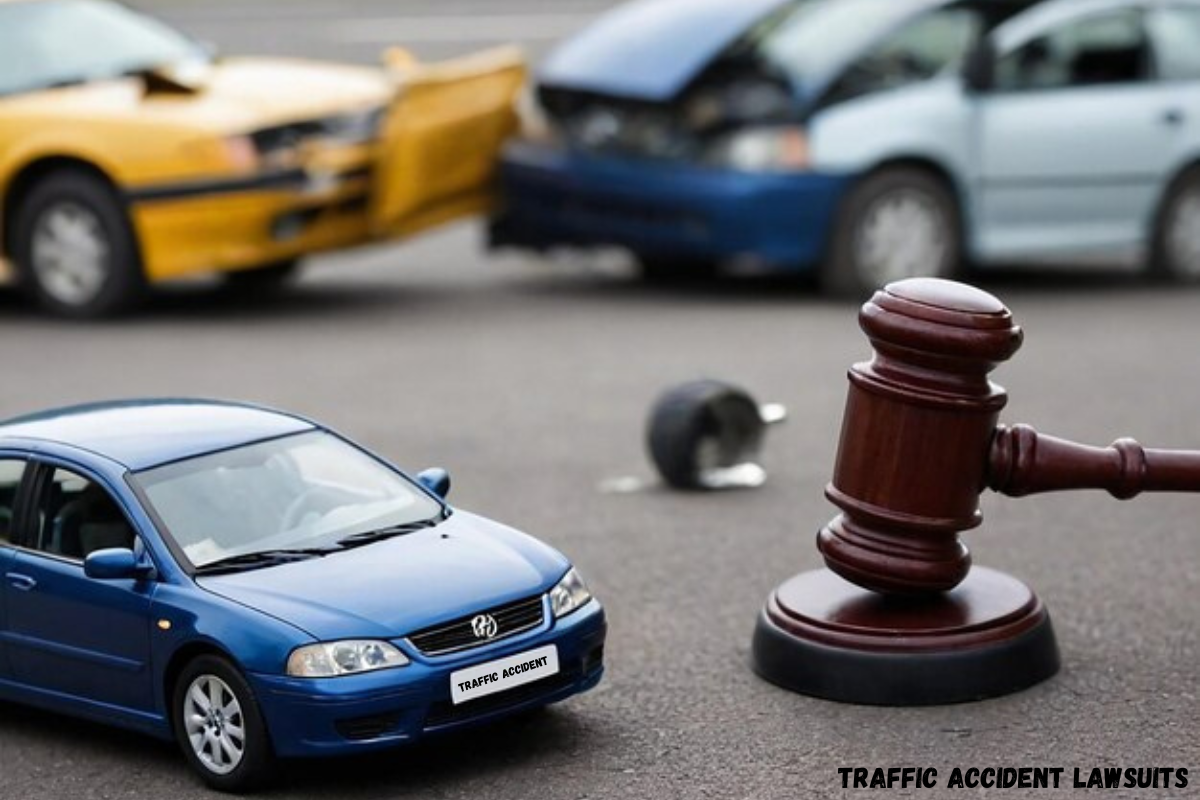

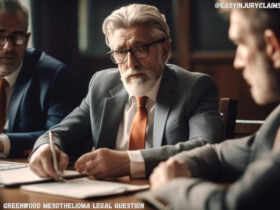

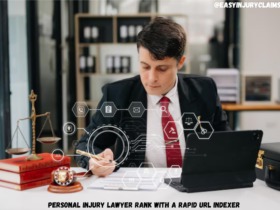
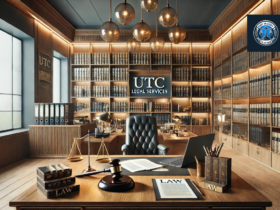



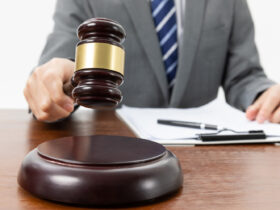
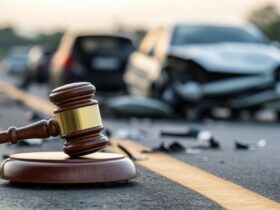

Got a Questions?
Find us on Socials or Contact us and we’ll get back to you as soon as possible.